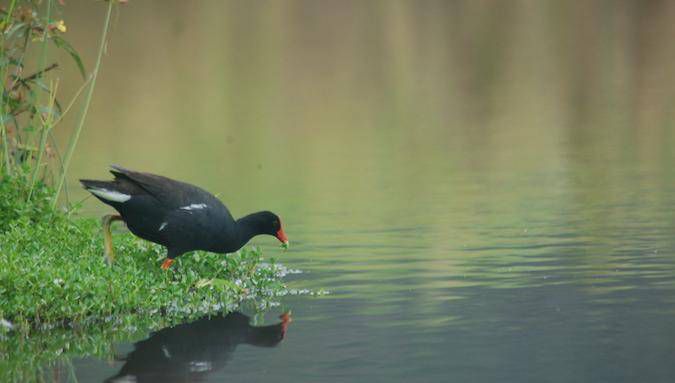HONOLULU — The latest issue of a peer-reviewed conservation biology journal features papers by Indigenous writers with the hope of fighting against a history of racism, while looking at how to have better outcomes for biodiversity.
The latest issue of Pacific Conservation Biology, a peer-reviewed scientific journal that is dedicated to conservation and wildlife management in the Pacific region, features 17 papers and 16 of them include Indigenous authors from the University of Hawaii and across the Pacific.
The issue is called “Transforming Biology Through Indigenous Perspectives,” and was edited by University of Hawaii at Manoa researchers Kawika Winter and Melissa Price as well as University of Otago (Aotearoa New Zealand) researcher Anne-Marie Jackson.
The collection of papers includes articles on understanding Hawaiian concepts relevant to nature and conservation, looking at the relationship of tropical dry forests with Hawaiians, and learning about Maori perspectives on novel biotechnologies in conservation.
In recent years, the racist history of conservation biology has begun to be addressed, like when the Sierra Club denounced in 2020 the derogatory comments made by its founder John Muir about Black people and Indigenous peoples.
“There's a history of marginalizing Indigenous people and yet Indigenous people manage at least 25% of some of the most biodiverse regions on the planet,” said Price in an interview with Spectrum News Hawaii on Wednesday.
Price noted that many scientific studies are currently being transformed as they work to recognize multiple knowledge systems, including Indigenous perspectives. She said this is a way to address diversity, equity and inclusiveness, but most importantly, it leads to better outcomes for conservation work.
Historically, many Indigenous peoples have been excluded or removed from their lands, including when national or state parks were created, according to Price. “By doing so, it actually resulted in suboptimal outcomes for conservation of those places.”
Instead, Price said, it made sense to restore Indigenous people’s relationships with land. Price added that many of the lands managed by Indigenous people have higher metrics for biodiversity when compared with protected lands that don’t engage Indigenous communities.
“When we engage Indigenous knowledge and Indigenous communities in managing spaces all the research shows it's much more effective,” said Price. “We can do better in conservation if we are ... engaging Indigenous people to lead projects.”
Many Indigenous communities have unique knowledge systems based on their long-term relationships with the places where they’re living, Price said.
“In Hawaii, Indigenous people have a 1,000-year relationship with this place,” Price added. “So their baseline of what it means for an area to be conserved, to be restored, is going to have a much deeper knowledge of place than folks who maybe arrived 10-years ago.”
Price said she hoped people who read the new issue of the Pacific Conservation Biology took away a message of hope.
“Our goal was really to build bridges,” said Price. “Our goal was to get people talking and not to characterize one side or the other as the enemy.”
Editors Winter and Jackson are Indigenous, while Price is not; Price said this was one way to bring together multiple perspectives for the journal. The issue also had both Indigenous and non-Indigenous reviewers and writers, with those who are Indigenous leading the way.



